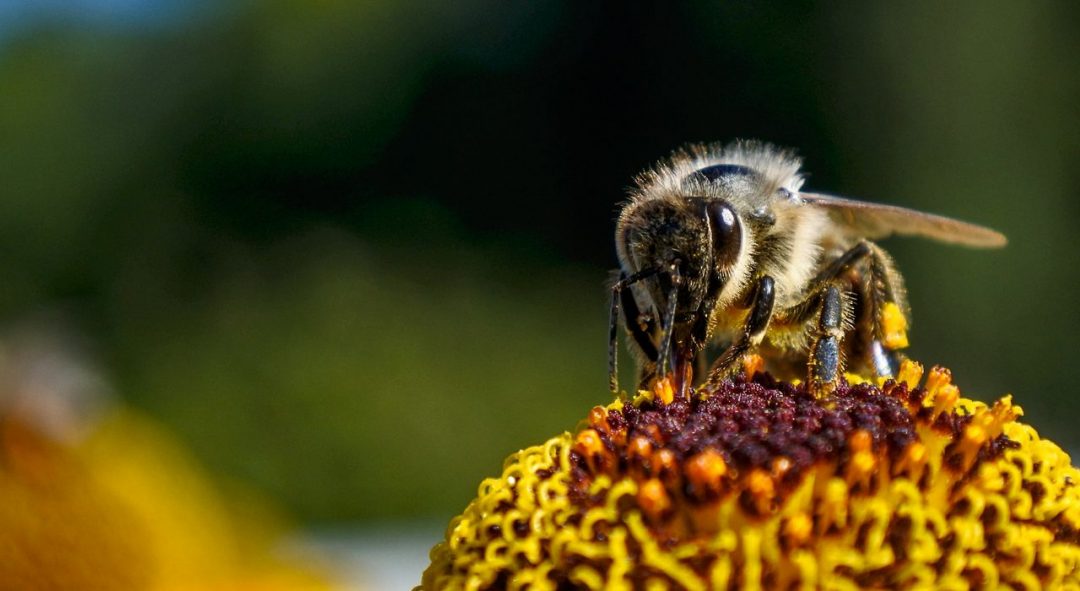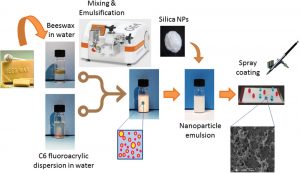Today, coatings are mainly applied on surfaces for decorative and protective purposes. However, they can be made smart and functional while maintaining their practical purpose.
The term “functional coatings” refers to coatings which possess additional functionality such as self-cleaning, anti-static, electro conducting, magnetic, anti-reflective and anti-bacterial properties, to name a few. It is however, very challenging to create coatings using natural ingredients along with ecofriendly solvents, such as water. The challenge gets more complicated if one also considers typical expectations like durability, reproducibility, easy application, cost effectiveness, and tailored surface morphology.
Professor Ilker Bayer from the Italian Institute of Technology in Genova, Italy, address these issues by forming hydrophobic and superhydrophobic smart coatings based on bees wax and water. In addition, these coatings can store latent heat.
In other words, the team has created an effective phase change material (PCM) from natural materials. Their research uses the concept of emulsions in which the oil phase is the natural bees wax itself. When emulsified in a commercially available non-toxic waterborne acrylic dispersion, it remains highly stable and can be applied by spray or brush on.
Phase change materials need to transform from solid to liquid during the latent heat storage or release action. The main problem is what is known as the ‘leaching’ of PCM. Hence, they need to be encapsulated. This coating by its nature and without any extra encapsulation prevents liquid wax to leach hence can be used repeatedly for thermal energy storage.
This system can be scaled up and applied as energy management coatings, particularly in the construction industry, as it is ecofriendly, cost-effective, and by nature it is also waterproof. The main challenge is to improve its bactericidal properties since many natural edible products are prone to rapid biodegradation under certain conditions.
“Many smart coatings still utilize synthetic or expensive materials to turn into a functional coating,” says Prof. Bayer. “We need to do more to find ways to produce intelligent coatings based on natural materials. Beeswax is a product of evolution-driven intelligent design”.
Read more about their findings here in the full article on Advanced Materials Interfaces.


















